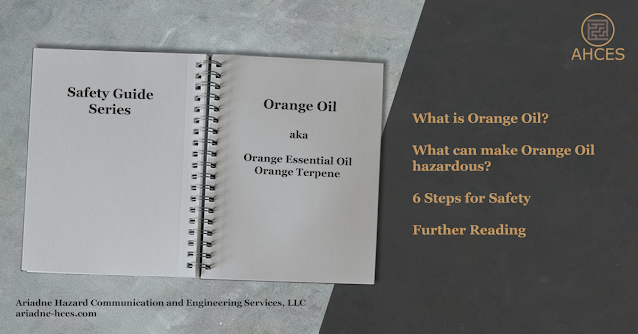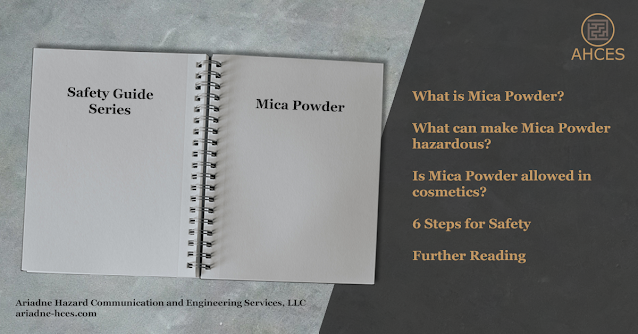Understanding DOT Class 5 Materials: Oxidizers and Organic Peroxides
Definition of DOT Class 5: Oxidizer and Organic Peroxide Materials
Class 5 covers oxidizers and organic peroxides.
The formal definition for 5.1 oxidizers can be found at 49 CFR 173.127 and the formal definition for 5.2 organic peroxides can be found at 49 CFR 173.128.
Class 5 Divisions
Class 5 materials are grouped into two divisions.
Division 5.1
Division 5.1 materials are oxidizers, meaning materials that can increase the potency of a fire. This mechanism is typically associated with the release of oxygen by decomposition.
Division 5.2
Division 5.2 materials are organic peroxides, containing the bivalent -O-O- structure. These materials are further subdivided into 7 types (A-G) depending on if they can detonate, deflagrate, and/or undergo a thermal explosion.
Relationship Between Class 5 and OSHA Hazard Classifications
Division 5.1 materials overlap with the OSHA Physical Hazard classifications of Oxidizing Liquids and Oxidizing Solids depending on their physical state.
Division 5.2 materials use the same oxygen content (%) calculation formula as the OSHA Physical Hazard Organic Peroxide classification criteria. The OSHA classification also uses the same 7 types (A-G) for subclassification.






Comments
Post a Comment